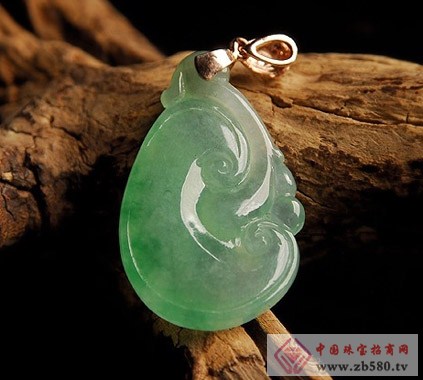The main evaluation criteria of jade can be summarized as color, transparency, structure, and cracking.

Color: The color of jade is rich, with green, red, purple, gray, yellow, white and black colors. Among them, the green is called Cui, the red is ç¿¡, the lavender is called violet, and the three colors are combined in one, and the person is called “Taoyuan Sanjieyiâ€. In general, under the same conditions of other textures, pure emerald green is the most expensive, followed by violet, red peony, cyanine, bean clear, oil green, melon green, etc. Gray and white are the cheapest. Green is the key color to determine the price of jadeite. The industry is often used as the evaluation standard for “concentration, yang, positive and uniformâ€. "Concent" means that the color is dark green but not black. This is the top grade; "Yang" means that the color is bright and bright, and it is the top grade. If the color is dark and dull, it is called "yin", even if its color is deep, it is not People are welcome; "positive" means that the green is bright and pure, and there is no color cast. For example, there are blue, green, yellow, gray, black and other "evil colors" in the green, the price is low; "even" (meaning "and") Refers to the meaning of green uniformity, such as green filaments, strips or plaques, which will reduce the price of jade.
Transparency: Commercially referred to as "head", it is measured by the depth of light that can pass through jade. Light can pass through a depth of 2 points (about 6 mm), which is called 2 points of water. For this kind of translucent jade, the northerners call it "glass ground", and the southerners call it "ice type". It looks like water and transparent. The highest; nearly translucent called "deuterated water" followed; opaque and extremely low transparency, it seems dry and waterless, the lowest price.
Structure: The structure and color of the jadeite are called “land†by the industry. The structure is exquisite, and the background color is good. The “land†is transparent and pure, which can set off the green and is very popular. Good "land" has glass, egg white, sputum, etc., followed by fine white, bean green, etc., and then porcelain, dry white, etc., are very vividly depicting the background of the emerald , structure thickness and transparency.
Splitting and smashing: Cracking refers to the small cracks in jade: 瑕疵 refers to the black spots and dead spots, such as the opaque "stone flower", "stone brain", etc., which will reduce the price of jade. Of course, there are still the size of the finished products, the carvings, the styles, etc., which affect the price of the finished products of the jade. Some of the accessories also require pairing. If the pair is matched, the total price of the products will be 20% higher than the total price of the pieces. %—30%.
Military and police camouflage fabric is different from ordinary printed fabric, and has its own remarkable characteristics. The color of a camouflage is made of black, brown, dark green and emerald green. After special treatment, the surface of the camouflage has near infrared retardant(IRR) function. At the same time, it can be added the functions of flame retardant and waterproof. In addition, high breaking and tearing strength and good printing color fastness are the basic requirements.
Camouflage Fabric,Rip-Stop Camouflage Fabric,Uniform Camouflage Fabric,Irr Camouflage Fabric
Zhejiang Xinjian Textile Inc.Ltd , https://www.zjxjtex.com